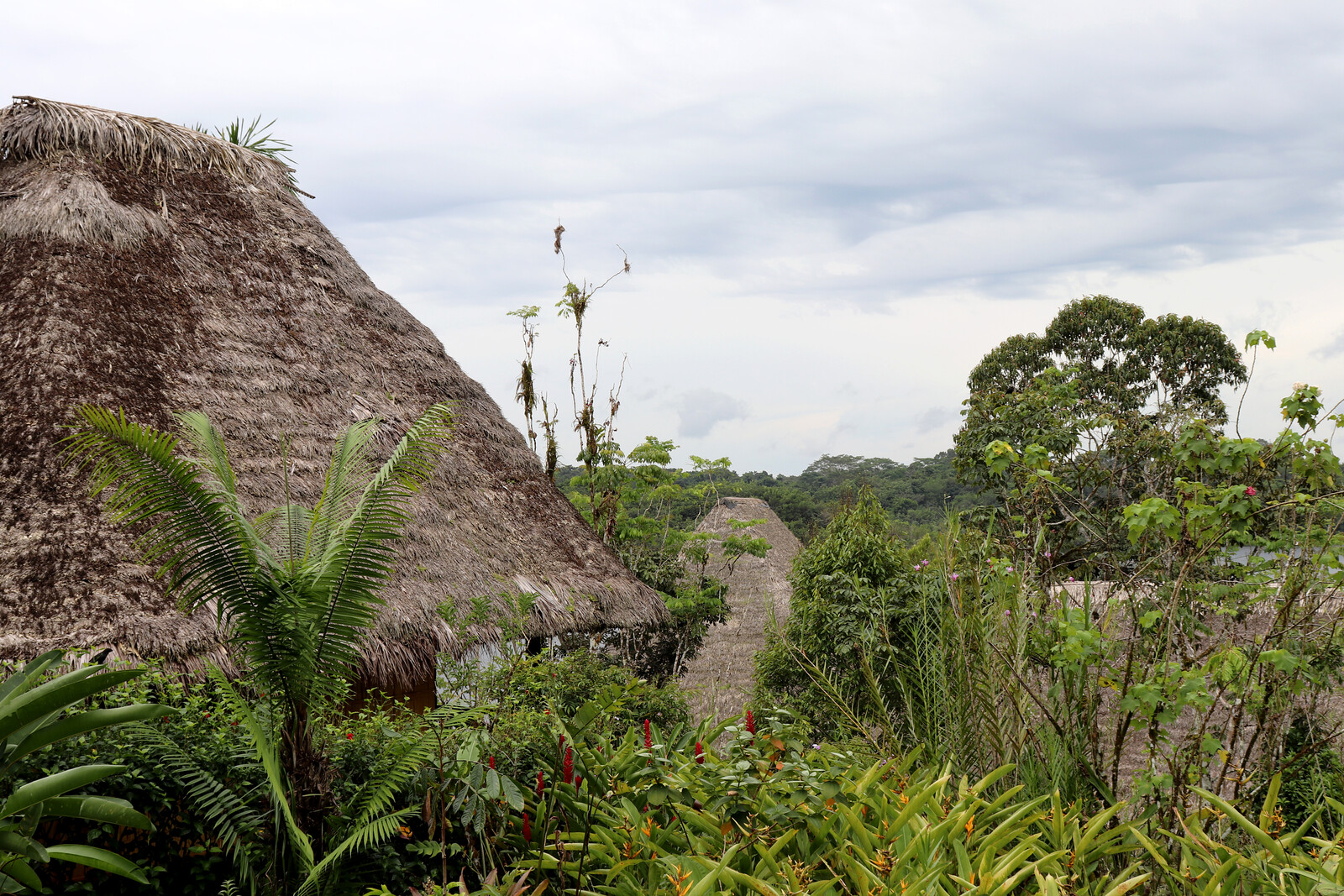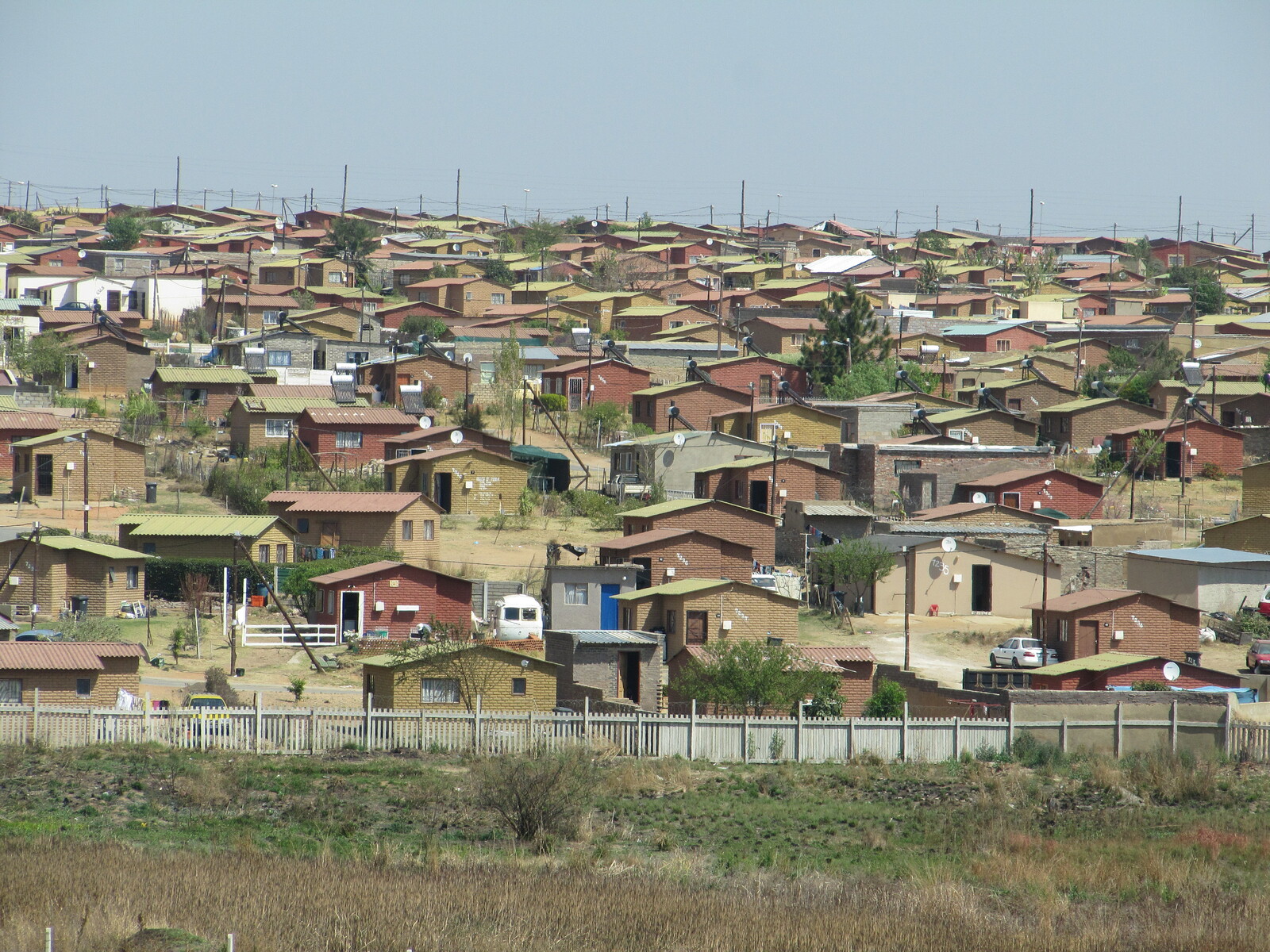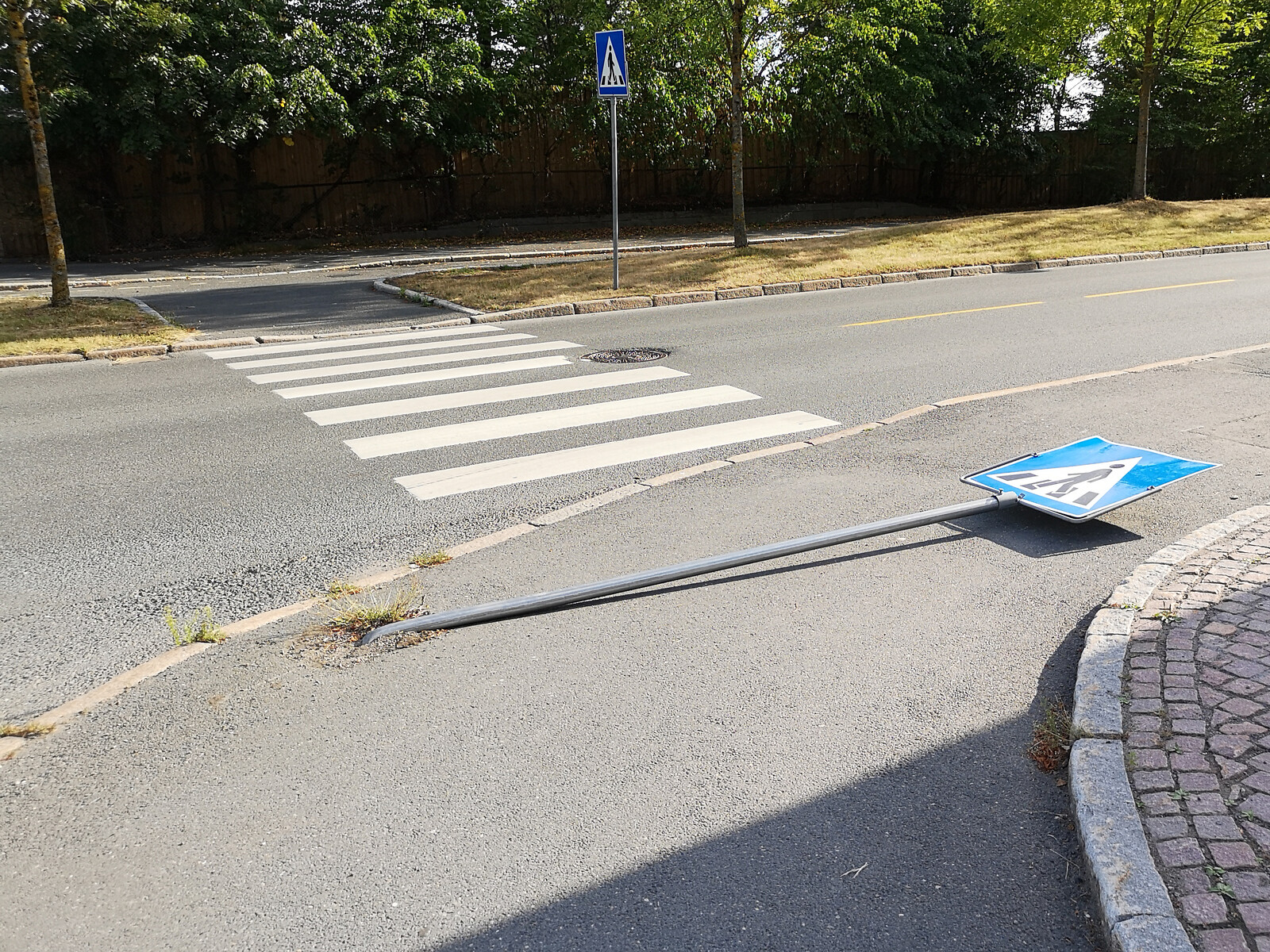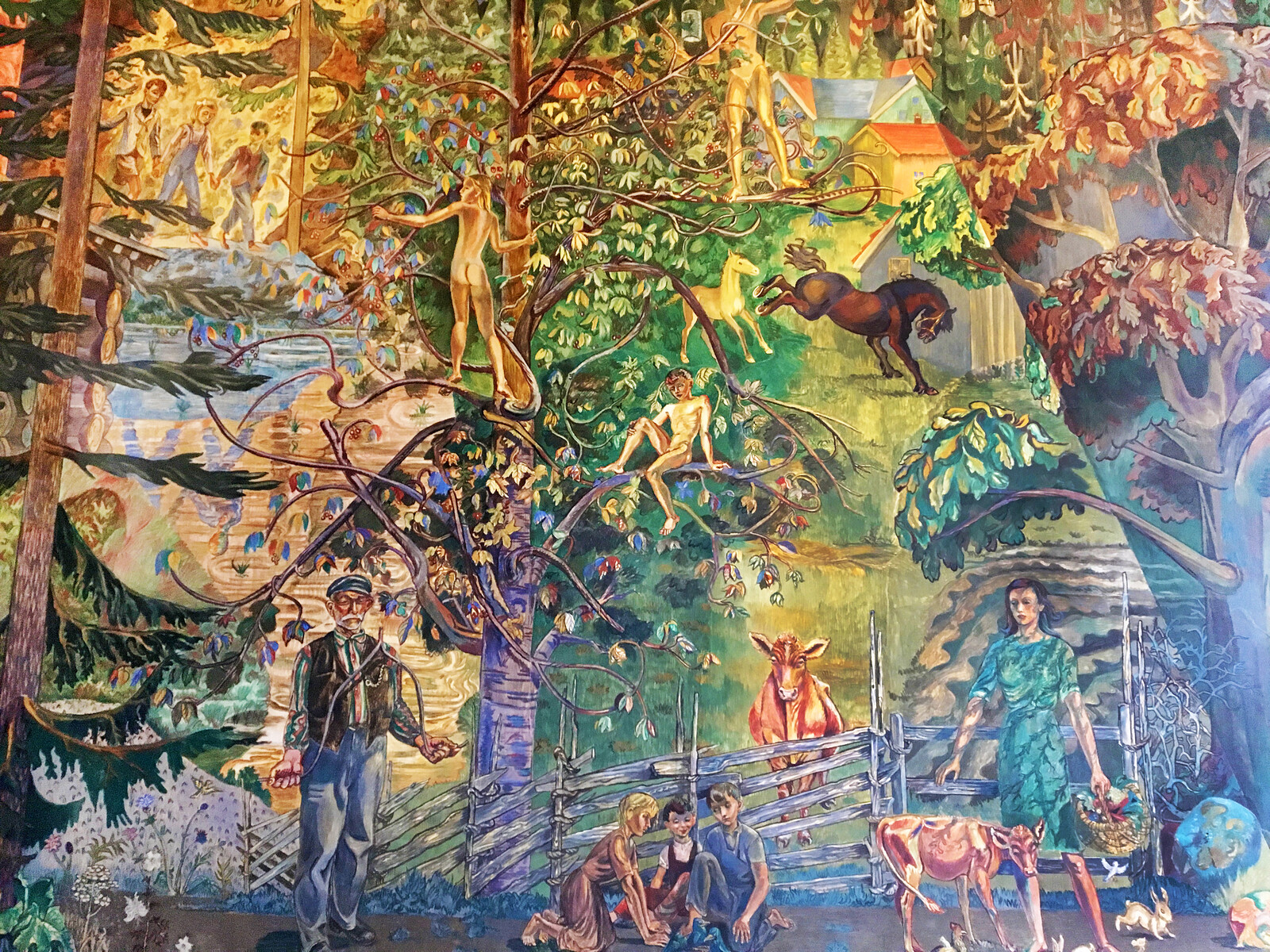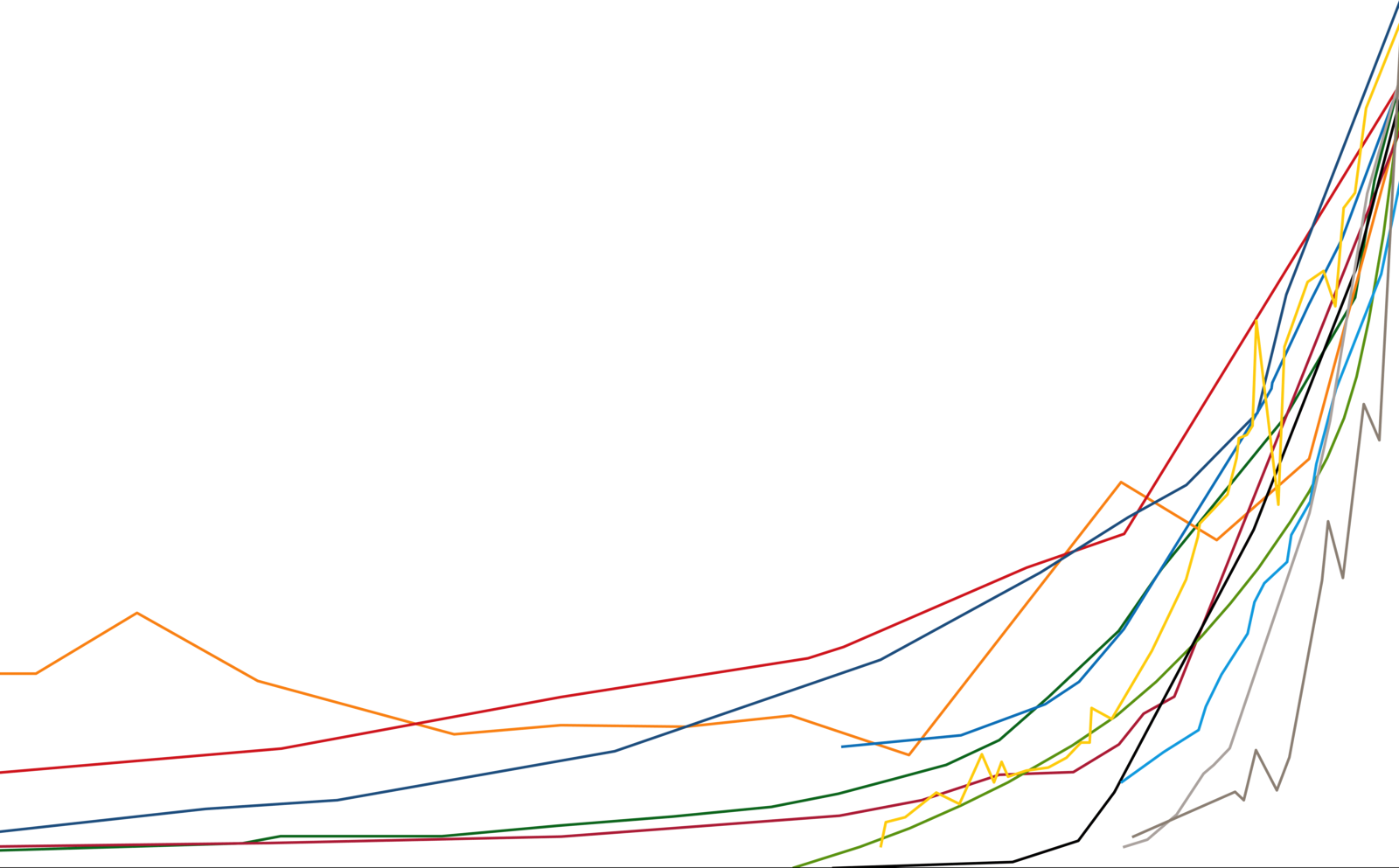Many conventional economists argue that a healthy economy needs to grow at between 2–3%. This conveniently overlooks the fact that, if all countries did this, 3% annual growth would double the size of the global economy in twenty-three and a half years and quadruple it in forty-seven years. Crucial planetary limits have already been breached by our current economic paradigm, with more than 50% of the world’s animal biomass driven out of existence in the last fifty years. Do these economists seriously believe that a doubling of the global economy can be sustained in the time that it takes a child born today to reach early adulthood?
An alternative proposed to this situation is of “green growth.” Elisabeth Kubler-Ross describes common patterns of thinking when coping with loss.1 After denial and anger comes bargaining, and much of what is put forward as “green growth” seems to be an attempt to negotiate with the flaws that lie at the heart of conventional economic growth.
If there is such a thing as “green growth,” very little of what currently the term currently describes is scientifically defensible in the sense of growth that enhances planetary heath. Most purported green growth is merely mitigated degeneration that attempts to continue a state of business-as-close-to-usual. The sooner we accept that conventional economics based on endless growth is a lost cause, the sooner we will be able to move to a state of action with the potential to bring a new paradigm into being.
Degenerative vs. Regenerative Growth
Sustainability has all too often simply involved mitigating negatives. The term implies that being 100% sustainable only gets to a form of neutrality, which the architect Bill McDonough has characterized as “100% less bad.” Anything less than 100% sustainable, then, is part of a degenerative cycle. Regenerative design, conversely, strives for solutions that deliver net benefits.
Could we design buildings and cities so that they are made from atmospheric carbon, generate more energy than they use, harvest more water than they consume, and match the levels of biodiversity of a mature ecosystem? This may seem far-fetched, but biomimicry offers many of the solutions necessary to deliver such a vision with existing or near-term technology.2
Biology has evolved solutions to many challenges that are directly equivalent to those faced by architects. The closest thing to concrete in biology is arguably coral—a large scale mineral structure. The contrast between the two is profound: concrete production releases carbon dioxide, whereas coral grows by taking carbon out of its environment. Glass is energy-intensive to make. But in biology, organisms such as glass sponges show the possibility of making glass with higher optical quality using many orders of magnitude less energy.
While some biomimetic adaptations are beyond our current technological capabilities, there are straightforward approaches that can be implemented immediately, such as building with materials made from atmospheric carbon (wood being the obvious example but also others that are coming on to the market like BioMason bricks). There are countless adaptations in biology that can inspire architects to design structures (with existing technology) that use a fraction of the material of conventional approaches, to develop more efficient processes for heating, cooling, lighting, and many other aspects of the built environment, whether in new-builds or retrofits.
The consultancy firm Biomimicry 3.8 argues designing a new piece of the city should start by analyzing how a pristine ecosystem in that part of the world functions (or would have functioned): how much carbon it would sequester, how much wildlife it would accommodate, how much oxygen it would produce, how much water it would store, filter, or evaporate. These “ecological performance criteria” then set the standards for what is to be built.
The implications for architecture and urban design are profound. Buildings will need to be radically rethought in terms of the materials they use, how they adapt to the weather, and how they are integrated into their ecological context. Buildings could behave like generous neighbours in a like-minded community, cleaning the air, moderating the microclimate, offering food, accommodating wildlife, and much more.
Design approaches that deliver net benefits can reasonably be described as “green growth,” although to make the distinction clear, we should use the term “regenerative growth.” If this becomes mainstream, it would represent a significant turning point in human civilization. Aiming for anything less in the present circumstances is a massive failure of ambition.
From Linear to Cyclical Flows
Kate Raworth describes the goal of an economy that has not only ceased to grow but has achieved absolute decoupling to a point that is consistent with planetary limits.3 Ecosystem models can provide part of the solution to achieving this transition. To date, most of the implemented examples of ecosystem models exist in the form of eco-industrial parks (EIPs), where industries have established connected resource flows such that one part of the system (the equivalent of a species) can make use of the under-utilized resources from another part of the system. This increases resource efficiency and moves towards being zero waste.
Similar approaches can be seen in some schemes such as Hammarby Sjostad in Stockholm, Sweden, which strives to connect resource flows in an urban neighborhood, and quirkier ventures such as The Cardboard to Caviar Project in Wakefield, England, which demonstrated an expanding web of food-growing, landscape-restoring and waste-transformation initiatives. Most, if not all, of these examples started modestly with just a few interconnected elements and developed over time. Where under-utilized resources existed, they became an opportunity for a new “species” to transform waste into value and add to the diversity and resilience of the system. Steadily they came to embody the characteristics of ecosystems.
Academics at Georgia Institute of Technology have used ecosystem analysis tools to compare real ecosystems with EIPs. One of their key findings is that the equivalents of detritivores (organisms that dismantle dead material) are substantially under-represented in human-made systems.4 This highlights the potential for a vast increase in repairers, dismantlers, and recyclers. Construction materials do not currently feature prominently in these systems, but that is primarily because of the way we make things: often assembled in ways that frustrate disassembly and recycling. As circular economy principles became more widely implemented, cycles of construction materials might become more prominent in these systems.
As these types of systems expand, flows of virgin resources steadily decrease and the amount of cyclical transformation increases. Ken Webster has observed that in these systems, throughput is replaced by roundput.5 The same applies to financial resources: instead of money flowing quickly through a community in a linear way, there are many more exchanges of money that deliver greater social value.
Release
After long periods in which a particular mindset has dominated, it is common to wonder whether dramatic change is even possible. The “adaptive cycle model,” developed by scientists Holling and Gunderson, describes the dynamics of change in complex, self-organizing systems.6 It asserts that systems go through long periods of growth with increasing levels of connectedness, which leads to fragility and then a release phase in which the system can undergo rapid and dramatic change. A subsequent reorganization phase completes the cycle by preparing the way for the next phase of growth, this time of a potentially very different kind.
What needs to be designed today is a state of dynamic equilibrium: a regenerative system with balanced levels of growth, decay, and renewal. Pursued to its ultimate form, with fully regenerative materials integrated into comprehensive cyclical systems modelled on ecosystems, this approach would grow many of the things we want to grow, like carbon sequestration, economic resilience, community cohesion, and wildlife habitats, all while shrinking the use of toxins, fossil fuels and other non-renewable resources.
Designing for dynamic equilibrium means rethinking the materials we use in our buildings to allow for full cyclical use, reimagining infrastructure to optimise synergies between cycles of food, energy, water and waste, and a whole new sector of economic activity comprising repairers, dismantlers, recyclers, and waste transformers.
However, we should not continue the mistake of the last two decades in thinking that all we need for these changes to occur is a few exemplars as catalysts and positive advocacy as fuel. For this new paradigm of regenerative growth to occur in any meaningful sense will require a radical transformation of the current economic order. Realistically this will only occur through bold policies like The Green New Deal, large-scale coordinated efforts like “Construction Declares,”7 and large scale, non-violent public protests that continue to highlight the failings of the existing paradigm and pressure governments into creating conditions for another one to flourish.
Elisabeth Kübler-Ross, On Grief and Grieving: Finding the Meaning of Grief Through the Five Stages of Loss (Simon & Schuster, 2005).
Biomimicry has been around as a well-articulated concept for over twenty years but has been largely ignored by the architectural press. When it is mentioned, it tends to be done in a superficial way. For an introduction to robust philosophical basis to the discipline, see Freya Mathews, “Towards a Deeper Philosophy of Biomimicry,” Organization and Environment 24, no. 4 (Dec 2011).
Kate Raworth, Doughnut Economics: Seven Ways to Think Like a 21st-Century Economist. (Vermont: White River Junction, 2017).
Astrid Layton, Bert Bras, and Marc Weissburg, “Industrial Ecosystems and Food Webs. An Expansion and Update of Existing Data for Eco-Industrial Parks and Understanding the Ecological Food Webs They Wish to Mimic,” Journal of Ecology 20, no. 1 (February 2016).
Ken Webster, The Circular Economy: A Wealth of Flows (The Ellen MacArthur Foundation, 2015).
Lance H. Gunderson and C. S. Holling, eds., Panarchy: Understanding transformations in Human and Natural Systems (Washington DC: Island Press, 2002), 25–62.
See ➝.
Overgrowth is a collaboration between e-flux Architecture and the Oslo Architecture Triennale within the context of its 2019 edition, and is supported by the Nordic Culture Fond and the Nordic Culture Point.






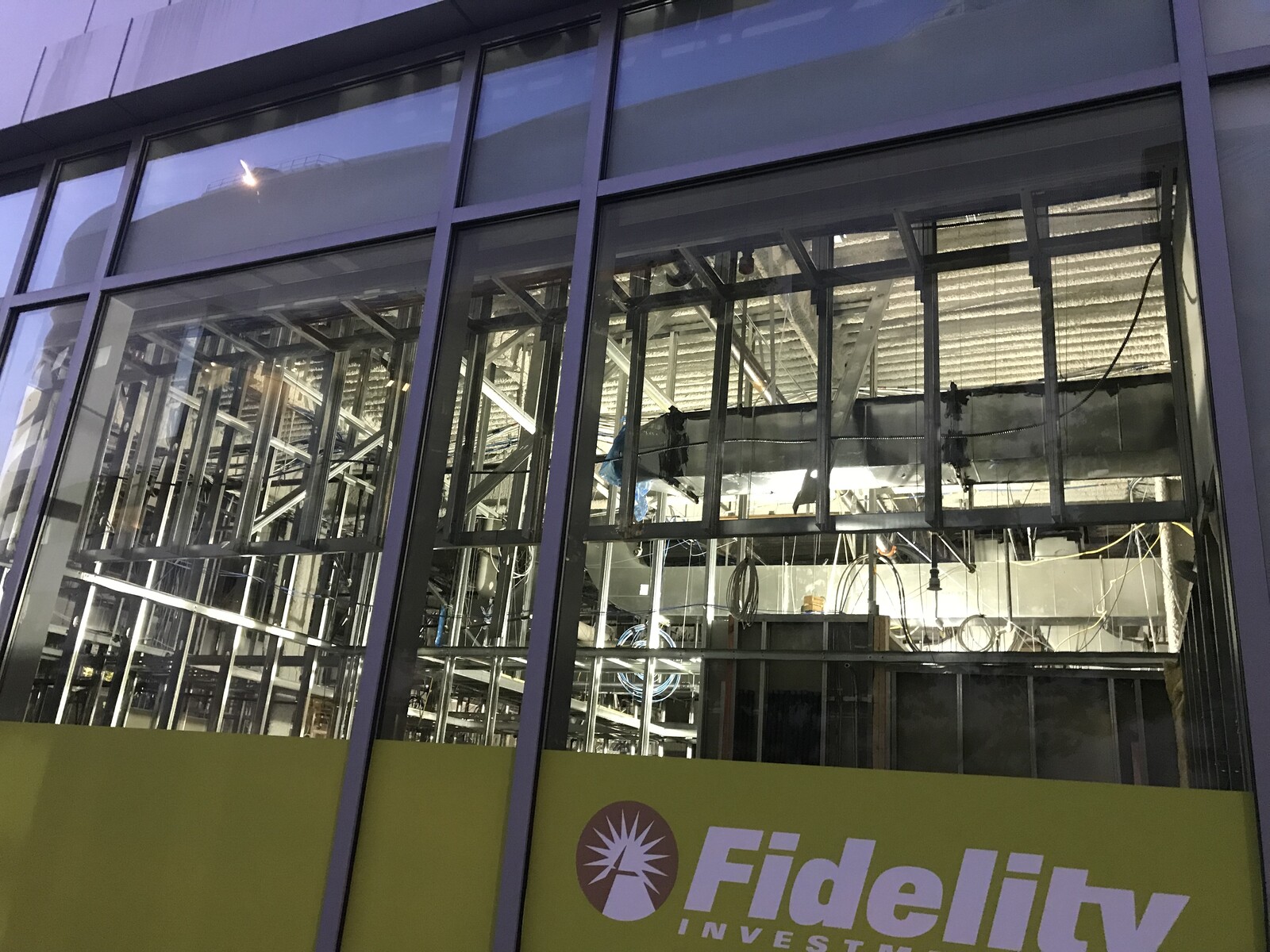

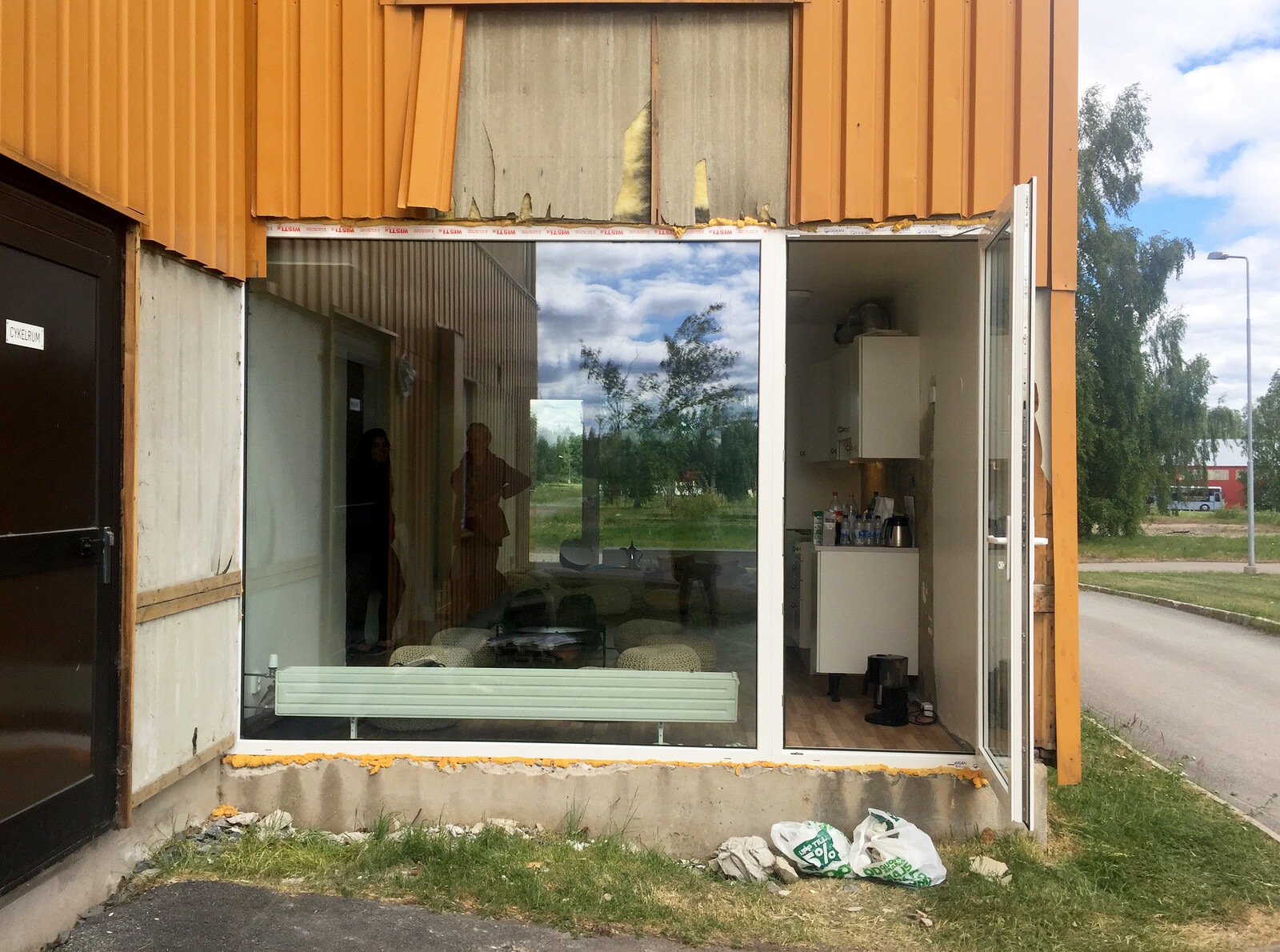
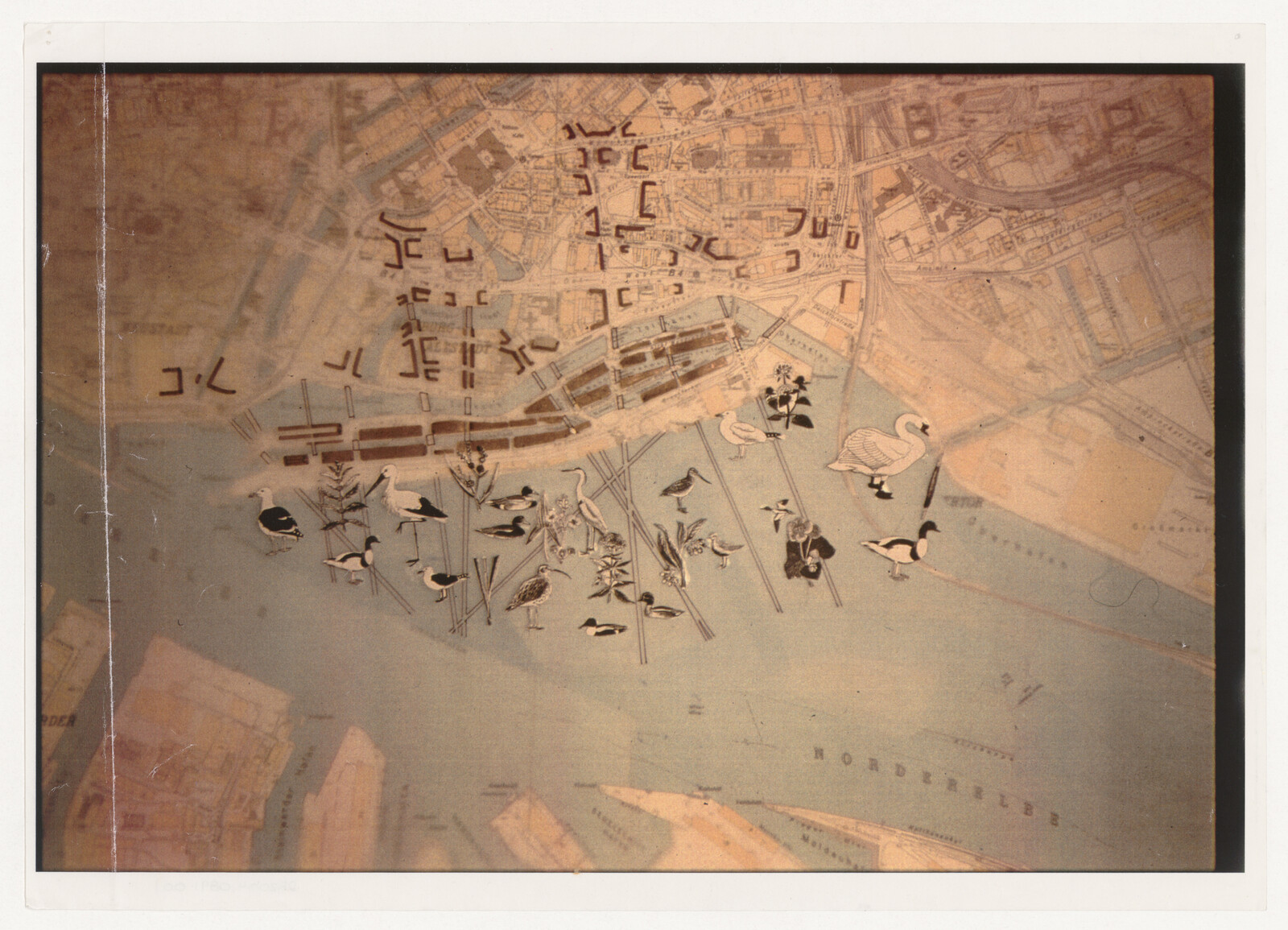

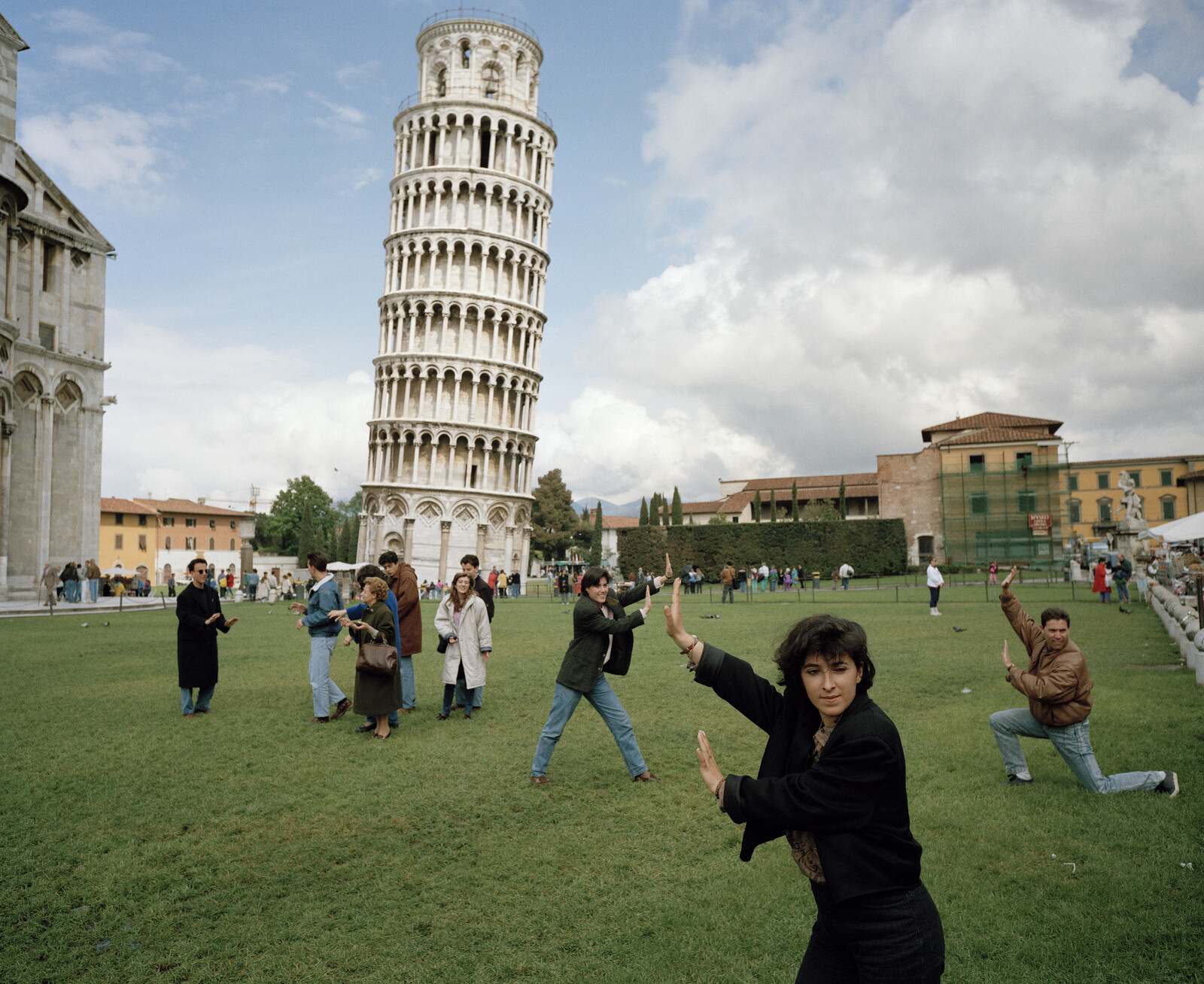

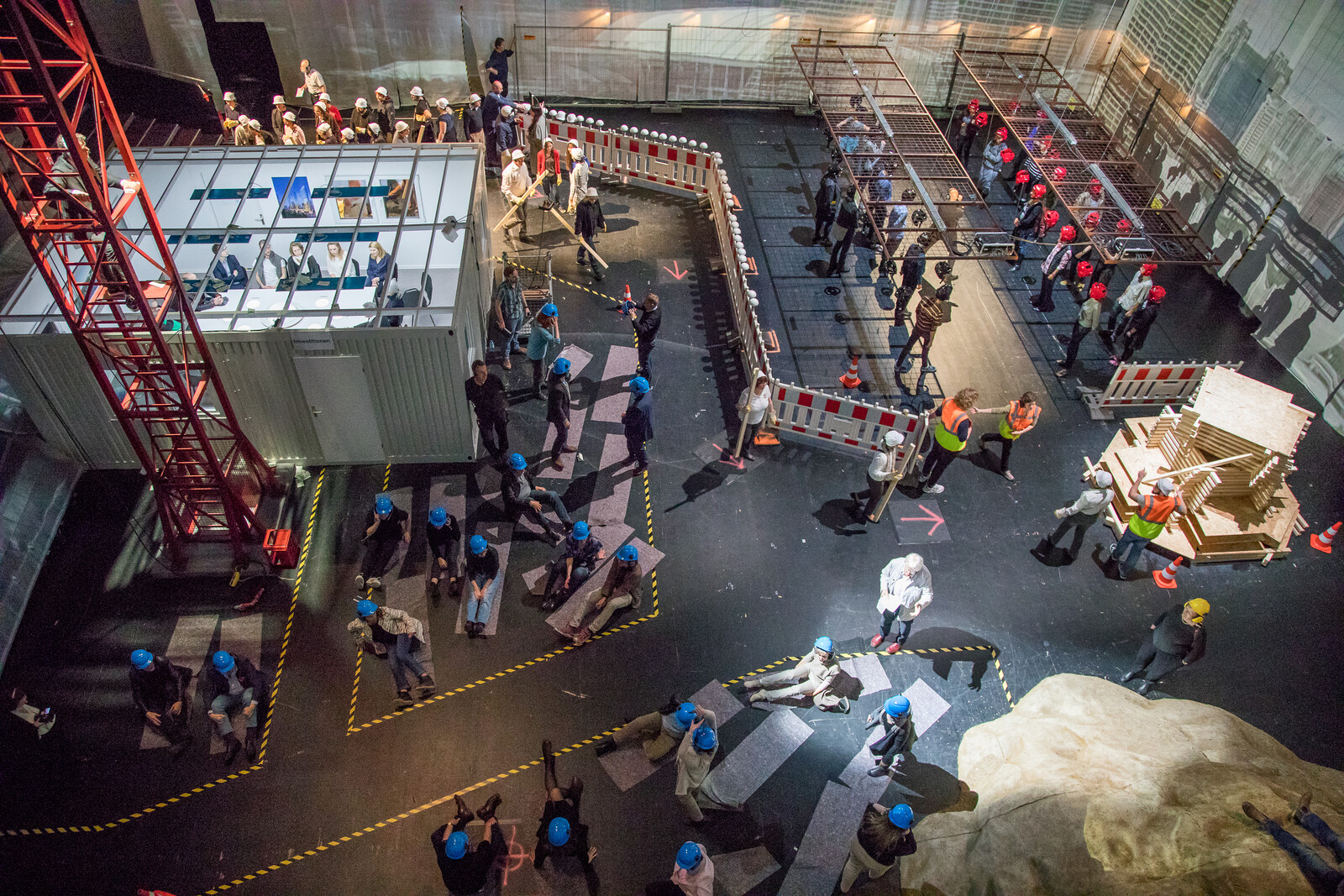

.jpg,1600)

.jpg,1600)
